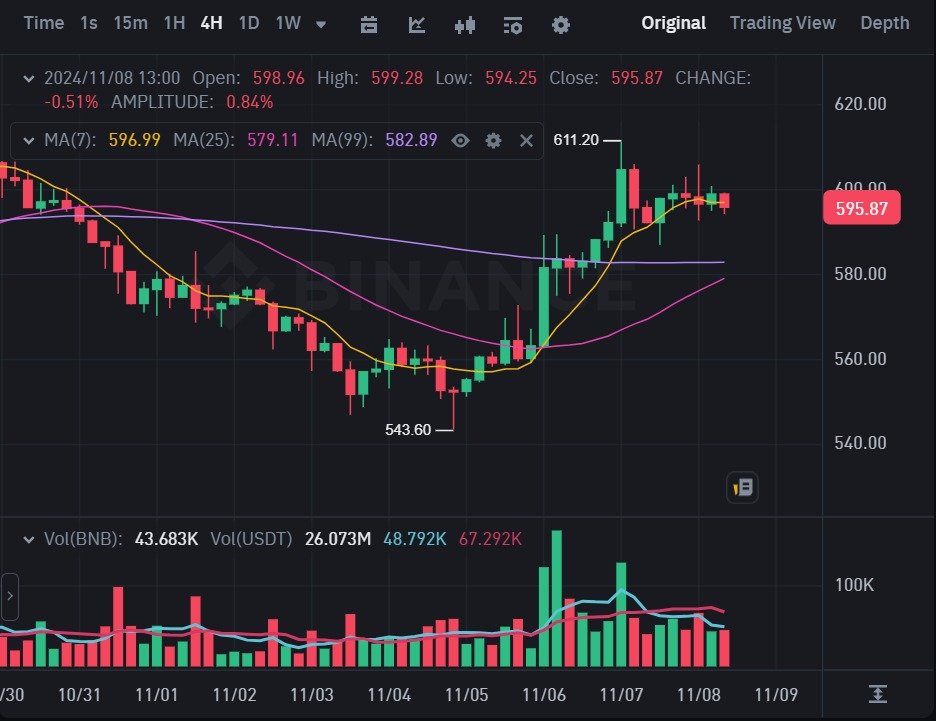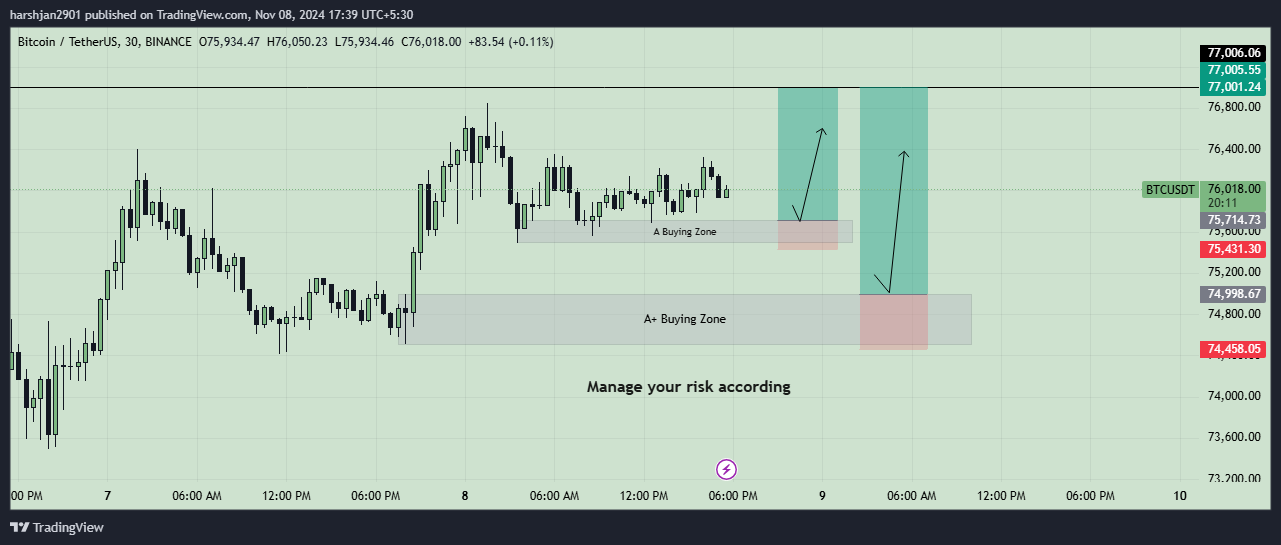Yes, crypto transactions can be traced, but the level of traceability depends on several factors, such as the cryptocurrency used, the methods employed to obfuscate transaction details, and the tools used to analyze the blockchain. Although cryptocurrencies like Bitcoin and Ethereum are often thought of as anonymous or private, in reality, they are pseudonymous and transactions are often traceable.
Here’s a deeper look at how crypto transactions can be traced:
1. Blockchain Transparency
Most cryptocurrencies, including Bitcoin (BTC) and Ethereum (ETH), operate on public blockchains, which means that all transactions are recorded on the blockchain in a transparent and immutable ledger. This creates a trail that can be followed by anyone with the right tools, making it possible to trace transactions.
- Public Ledger: Every transaction made with Bitcoin or Ethereum is publicly available on the blockchain, and all wallet addresses involved are visible to anyone who knows where to look.
- Transaction Details: These transactions include information such as:
- Amount transferred.
- Sender and receiver addresses (wallet IDs).
- Timestamps.
Although this information doesn’t directly reveal the identity of the individuals behind the transactions, it does create a traceable pattern.
2. Blockchain Analytics and Tracing Tools
Specialized tools and services can help analyze blockchain data to track crypto transactions. Blockchain analysis companies like Chainalysis, Elliptic, and CipherTrace use advanced software to trace transactions, link wallet addresses, and even potentially identify the parties involved.
How Tracing Works:
- Transaction Graphs: These companies analyze patterns of crypto transfers by building transaction graphs, mapping how coins flow between wallets and across exchanges.
- Address Clustering: By grouping related wallet addresses (using clustering techniques), these tools can identify wallets that are likely controlled by the same person or entity.
- Know Your Customer (KYC) Integration: If a wallet interacts with an exchange that follows KYC/AML (Anti-Money Laundering) regulations, it’s easier to link a transaction to an individual’s real-world identity. For example, if you withdraw funds from an exchange like Binance or Coinbase, your transaction may be traceable to you because the exchange knows who you are based on their KYC process.
3. Types of Information That Can Be Traced
- Transaction Amount and History: The total amount being transferred can be seen by anyone on the blockchain. Blockchain explorers allow anyone to look up individual transaction histories by searching wallet addresses.
- Wallet Address: While a wallet address is pseudonymous (i.e., not directly tied to a person’s name), it’s still possible to track transactions linked to that address, especially if it interacts with services that collect personal information (e.g., exchanges, payment processors).
- IP Addresses: Although blockchain addresses are anonymous, if you are making a transaction over the internet without using privacy-enhancing technologies like VPNs or Tor, your IP address can be recorded. Some blockchain analysis companies are able to combine IP data with transaction data to track the user’s location or identity.
4. How to Enhance Privacy and Obscure Crypto Transactions
There are several methods to increase privacy and make it more difficult to trace crypto transactions:
1. Use of Privacy Coins
Some cryptocurrencies are designed specifically to improve privacy and make it much harder to trace transactions:
- Monero (XMR): A privacy-focused cryptocurrency that uses ring signatures, stealth addresses, and confidential transactions to make it nearly impossible to trace transaction details, including the sender, recipient, and transaction amount.
- Zcash (ZEC): Zcash uses zk-SNARKs (zero-knowledge proofs) to enable shielded transactions, which hide transaction data such as the amount and sender/receiver details. Zcash offers the option for private transactions, but they’re not the default.
2. Coin Mixing/Tumbling
- Coin mixers (also called tumblers) are services that help obfuscate the origins of your cryptocurrency by mixing your coins with others in a pool, making it harder to track individual transactions. After mixing, you receive the same amount of crypto, but from a different address, which makes it more difficult to trace the coin’s original owner.
- Risks: While coin mixing increases privacy, it’s also associated with legal risks in some jurisdictions, as mixing is sometimes used to launder illicit funds.
3. Using Privacy Wallets
Certain wallets, like Wasabi Wallet (for Bitcoin), are designed to increase privacy by integrating features like CoinJoin, which combines multiple transactions into one, further obscuring the transaction trail.
4. Tor and VPN
- Tor is a privacy network that allows users to browse the internet anonymously. By using Tor when sending or receiving crypto, you can mask your IP address and help reduce the traceability of your transactions.
- VPNs (Virtual Private Networks) can also mask your IP address by routing your internet connection through an encrypted server, adding an extra layer of anonymity when transacting with crypto.
5. Are All Crypto Transactions Traceable?
While transactions on transparent blockchains like Bitcoin and Ethereum are generally traceable, there are several important caveats:
- Degree of Traceability: The ability to trace transactions depends on the methods used to hide personal information (e.g., using privacy coins or privacy-enhancing technologies like VPNs).
- Regulatory Environment: Countries with strict KYC/AML laws may require exchanges and other crypto services to collect personal data. If your crypto is exchanged or stored with such services, your transactions may be easily traced.
- Privacy Coins: If you use privacy coins, like Monero, tracking becomes significantly more difficult, but it’s not completely impossible if someone has the right tools and resources.
6. Real-World Applications and Implications
In the real world, blockchain analysis is used for various purposes:
- Regulation and Compliance: Governments and law enforcement use blockchain analysis to monitor illegal activity, such as money laundering or terrorist financing, within the crypto space.
- Forensic Investigations: Companies and agencies are increasingly using blockchain forensics to investigate cybercrimes, such as ransomware payments, and track illicit funds.
- Legal Cases: Blockchain data can be used as evidence in legal proceedings, especially when crypto is involved in criminal activity.
Conclusion: Can Crypto Transactions Be Traced?
Yes, crypto transactions can be traced, particularly on public blockchains like Bitcoin and Ethereum, where transaction data is stored openly. The use of specialized blockchain analytics tools can help identify patterns and even link wallet addresses to specific individuals or organizations, especially when interacting with centralized exchanges that require identity verification. However, privacy coins, coin mixing, and using tools like VPNs and Tor can significantly reduce the traceability of crypto transactions.
For those who want to optimize their crypto portfolio or engage in copy trading, it’s important to understand the privacy implications and make informed decisions. Lumina Lore offers expert guidance and tailored trading strategies, allowing you to navigate the crypto market securely.
👉 Start your crypto journey with Binance: Use our referral link for secure transactions and trading.
👉 Explore Copy Trading: Optimize your trades and minimize risk with Binance Copy Trading: Start here.



